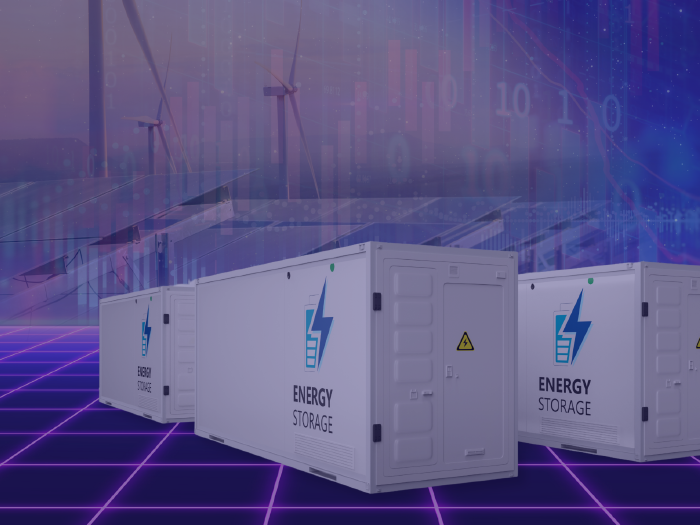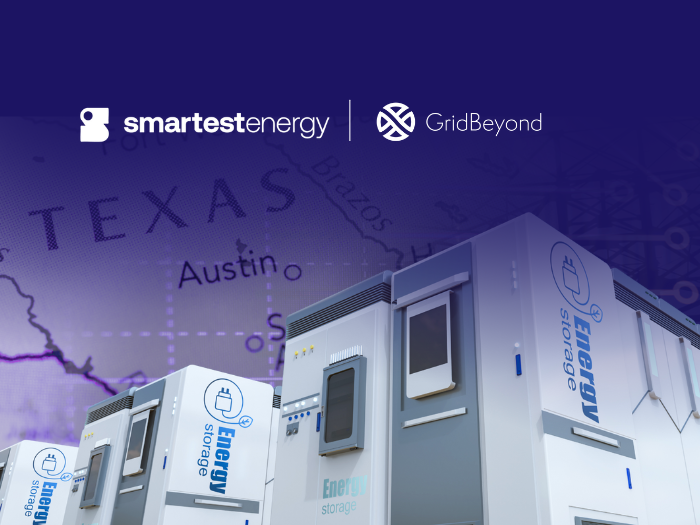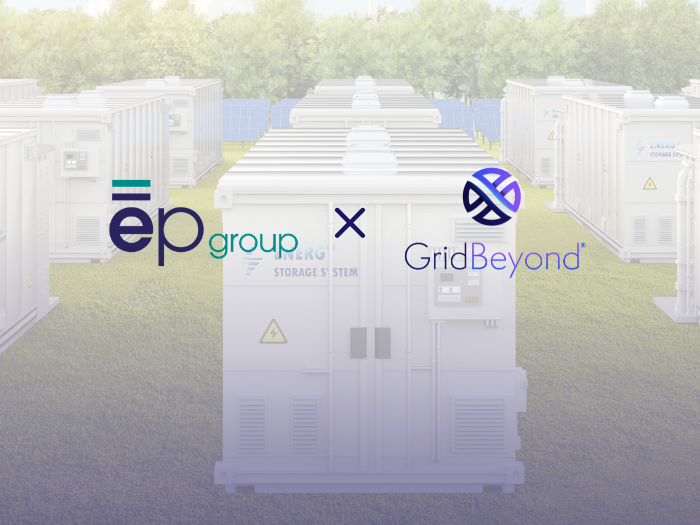Insights
better business decisions
Posted 3 years ago | 5 minute read

New revenue opportunity for end users launches this Winter
There’s been a lot in news about how gas shortages and cold weather could affect the UK this winter. While National Grid has said power cuts are unlikely, National Grid ESO is taking extra measures to help take the strain off energy supplies through its new Demand Flexibility Service (DFS).
GridBeyond Managing Director UK and Ireland Mark Davis said:
“Ahead of a difficult winter for customers, the launch of this service is great news – not only will it deliver immediate benefits but it will give a taste of the exciting potential that flexibility can provide as part of a net zero future and at GridBeyond we are delighted to be an approved provider of this service, which opens up flexibility services to a whole new set of consumers in the market.
“As well as providing a buffer this winter, flexibility has enormous potential to bring down overall system costs, which will in turn cut bills for customers.”
What is it?
DFS encourages consumers to cut their electricity use at peak times when energy supplies are low. This will help reduce the risk of blackouts and create opportunities for businesses to earn revenue to offset higher energy costs. This is particularly for sites which haven’t previously considered participating in demand side response programmes.
The DFS programme will pay businesses to reduce electricity consumption over high-stress periods, such as the demand evening peak. Those businesses with processes which can be turned down or shut off for a limited time could be eligible to participate.
What could I earn?
National Grid ESO will use the service at least 12 times for the whole winter. There will be a guaranteed acceptance price of £3,000/MWh (£3/KWh) for flexibility, so capacity priced within that threshold will get all of those events. However, participants can set prices higher than the threshold if they wish to. National Grid ESO is also forecasting that the service may be utilised beyond the 12 times minimum in the case of reduced electricity imports from Europe (scenario 1), possibly combined with insufficient available gas supply in Great Britain (scenario 2). Its base case forecast is for the service to be called 0-5 times, in addition to the 12 events pledged.
In DFS, National Grid ESO will run a flexibility auction every afternoon and buy the demand reduction at the times and quantities it needs for the following day. DFS will run from 3 November 2022 to 31 March 2023.

How does it work?
Each time there is an event, participating customers need to provide half-hourly electricity consumption (or generation) data for the day concerned, and for a number of days in the recent past. National Grid ESO will compare sites’ consumption on the day in question to how much energy they usually consume, by comparing to recent similar days. The difference is considered to be the delivered energy, and that’s what National Grid ESO will pay for. All assets must be able to respond for a minimum of 30 minutes. If a site can’t deliver on a particular day, it won’t get a payment, but there is no penalty.
Generators that reduce a site’s import power consumption are also eligible for this service, provided they comply with emissions legislations. In general, this means that standby generators can only participate if they have NOx reduction equipment in place.
Can I get involved?
The Demand Flexibility Service is only for capacity that National Grid ESO cannot access any other way. This means sites participating in the Balancing Mechanism, ancillary services, DNO services or the Capacity Market are not able to participate in DFS.
What’s the benefit of AI-powered pricing optimisation?
GridBeyond is working with its clients to provide market access to winter DFS.
DFS has a guaranteed acceptance price of £3,000/MWh (£3/KWh) for flexibility, so capacity priced within that threshold will get all of those events. However, participants can set prices higher than the threshold if they wish to. By using our AI-powered price optimisation and forecasting technology GridBeyond’s services aim to provide the best return for business energy users.
Our AI forecasting solution, Ai. Trade, uses advanced trading strategies, real-time forecasting, and analytics-driven decision support to create a solution that will optimise your financial returns under DFS.
When National Grid buys demand reduction in the auction, we will notify our customers of the time periods in the following day during which they should reduce electricity demand and the price at which they should bid into the auction.
After each event, we will gather half hourly consumption or generation data, and calculate both the baseline consumption and the load drop delivered for the service. We will collect payment from National Grid ESO and share it with participating businesses in accordance with the contribution of each.

Demand Flexibility Service | Funding generator emissions abatement
GridBeyond is working with its clients to provide market access to winter DFS for funding generator emissions abatement.
Learn more
Demand Flexibility Service | Optimise your price this Winter
GridBeyond is working with its clients to provide market access to winter DFS.
Learn more







